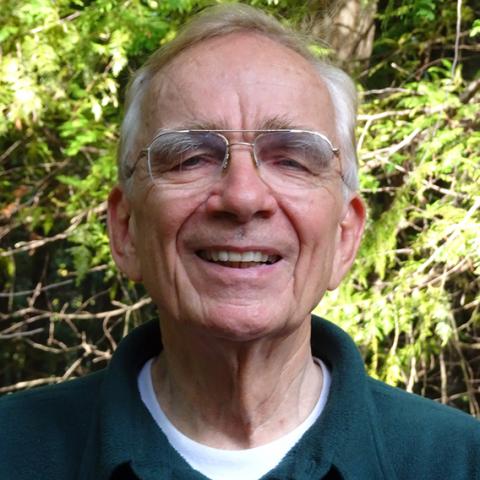

 Oxford University Press, USA
Oxford University Press, USA
Power, Memory, Architecture: Contested Sites on India's Deccan Plateau


Key Metrics
- Richard M Eaton
- Oxford University Press, USA
- Paperback
- 9780199477692
- -
- -
- History > Modern - General
- English
 Secure Transaction
Secure TransactionBook Description
The authors bring two principal objectives to the enquiry. One is to explore how political power, monumental architecture, and collective memory interacted with one another in the period under study. The study's authors - one trained in history, the other in art history and archaeology - argue for systematically integrating the methodologies of history, art history, and archaeology in attempts to reconstruct the past. The study's other aim is to radically rethink the usefulness of Hindu - Muslim relations as the master key by which to interpret this period of South Asian history, and to propose instead a model informed by Sanskrit and the Persian literary traditions.
Author Bio
My primary interest is the social and cultural history of pre-modern India (1000-1800). I have published monographs on the social roles of Sufis (Muslim mystics) in the Indian sultanate of Bijapur (1300-1700), on the growth of Islam in Bengal (1204-1760), and on the social history of the Deccan from 1300 to 1761, and on the interplay between memory and art in the Deccan plateau between 1300 and 1600.
These four historical monographs employ as analytical tools, respectively, Weberian social thought, Annales School methodology, biography, and architectural history. Most recently, I have published the second volume of the new Penguin history of India, entitled India in the Persianate Age, 1000-1765,which explores the long-term interaction between the Persianate and Sanskritic worlds, between the Iranian Plateau and South Asia, and between Islam and Indian religious traditions.
I am also active in the growing subfield of world history, as well as comparative history. My regularly taught courses include History of Medieval India, History of Modern India and Pakistan, Comparative History, and World History.
Source: The University of Arizona
Videos




Community reviews
Write a ReviewNo Community reviews